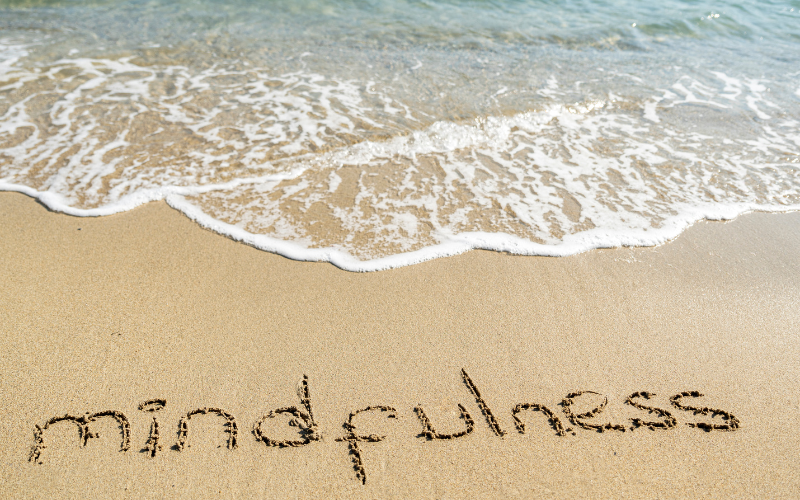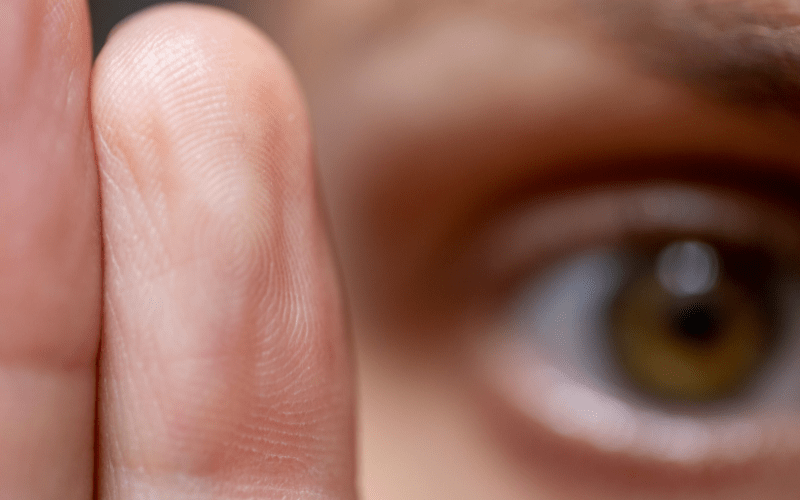The Mindful EMDR Therapist: Seven Core Qualities That Foster Relationship and Promote Growth
Guest Blog Post by Erika Tsoukanelis, LCSW
 At the center of all successful psychotherapy lies a solid relational container, in which the client feels deeply seen and heard. Client and therapist connect and move together, engaging in the complicated, fraught and awe-inspiring experience of psychic transformation.
At the center of all successful psychotherapy lies a solid relational container, in which the client feels deeply seen and heard. Client and therapist connect and move together, engaging in the complicated, fraught and awe-inspiring experience of psychic transformation.
EMDR therapy, as a comprehensive and integrative modality, is no different. For the client who has undergone significant and complex trauma, the solidity of the relationship is even more critical. Their relational history is often pitted with rupture and disappointment, and part of their healing is to experience a secure connection. As Dr. Francine Shapiro wrote, “The clinician must establish a relationship with the client that includes firm therapeutic alliance, and an understanding of the need for honest communication.”
In the exploratory nature of history taking and challenge of preparation, in the intensity of reprocessing, and in the stretch of installation and future template creation, the client must stay curious, hopeful, and courageous. This requires that we as EMDR therapists stay curious, hopeful, and courageous as well; to light the way for our clients. The stronger our light—our presence—the further our clients can journey with us by their sides.
How do we ensure that our presence stays bright? We must cultivate qualities of mindfulness. Here are seven core qualities of the mindful and relational EMDR therapist.
Engagement
We are active participants in the therapeutic process, not doing for, but being with our clients every step of the way. We care deeply and show this through our ongoing focus and interest. This does not mean that we abandon ourselves, but that we stay with our clients and ourselves simultaneously, steady and alive to the back-and-forth rhythm of this fundamentally relational work.
Attunement
Dan Siegel writes that attunement is “a process of focused attention and clear perception.” What micro-expressions do we notice drifting across the client’s face? How are they holding or moving their body? What seems to be shifting in the flow of their breath? Is there a change in the tone of their skin? What do we hear in the pitch of their voice? We stay alert to these cues through our felt-sense of the client and track the changes we observe. We ask our client to reflect on what they are noticing within themselves, and sometimes share our perceptions as well.
Groundedness
We stay in the here-and-now, planted in the moment and in dual awareness: of both therapist and client, internal and external, past and present. We hold this space even when our client struggles to do so. As EMDR therapists, we understand the system is geared toward healing, and this understanding helps us root our minds and bodies in each moment as the work unfolds.
Humility
We are aware of our strengths and limitations. We find shelter in knowing that there is always more to learn. We accept that we will make mistakes, and we are grateful for the positive changes in our client nonetheless. We know that we are not the agents of change, but simply co-creating with our clients the conditions by which their neurobiology may move toward wellness. We facilitate but do not attempt to force the process at any time, open to being surprised by what the client’s system teaches us.
Clarity
We choose our words carefully. We endeavor to be straightforward and honest with our clients and ask them to be the same. We say what we mean and mean what we say. We ask questions of our client to help increase their clarity. When there is confusion or a not-knowing—inherent in the work—we pause and wait until something true and clear does arise, therefore modeling ease and bravery in the face of uncertainty.
Kindness
We are gentle and compassionate. We speak truth and know that being tender and direct fosters trust and insight for our clients. We are kind to our clients and to ourselves.
Self-Awareness
We understand that like our clients, our pasts are present. Our reactions and emotions in the therapy room are informed by all that we have experienced. What are we thinking and feeling—emotionally and somatically—that is about us and our memories? What are we feeling that informs us about the client’s system, how they are struggling, and what they may bring to relationships with others? At times we will share with our clients what is happening within ourselves, and at other times we will not. We are discerning in what we share, as everything we offer must serve the client and their treatment first.
Cultivating these qualities takes time and patience, both inside and outside the therapy room. Engaging in our own psychotherapy, especially our own EMDR therapy, can help us remove obstacles in the way of embodying them. We understand that we are all continuing to grow.
There are many practices that sharpen our ability to ignite our mindful presence. They include contemplation, ritual, journaling, movement, mantra, chanting, breathwork, and more. Whatever means by which we choose to practice, it is imperative that we remain gentle with ourselves, or else we will become disheartened. This is because we will repeatedly fail to stay consistently mindful. In his book The Wisdom of Yoga: A Seeker’s Guide to Extraordinary Living, Stephen Cope describes this as the “noble failure.” It is as inevitable that we move in and out of mindfulness as it is that our eyes will blink. What is noble is that we keep trying, that we do not give up.
The more we practice, the more proficient at mindfulness we become, the more we can offer our clients, and the more we advance as individuals. As my mentor Deany Laliotis often says, our clients can only travel as far as we ourselves have gone. When we stand sturdy and sweet in our lives, weathering the ups and downs, we stand so with our clients, enabling them to reprocess traumatic memories and modeling for them a way of being in the world. Our capacity to build those essential, powerful relationships with our clients expands, as does our compassion for self and others. The Buddhist nun Pema Chödrön writes, “Compassion is not a relationship between the healer and the wounded. It’s a relationship between equals. Only when we know our own darkness well can we be present with the darkness of others. Compassion becomes real when we recognize our shared humanity.” So it is that our evolution as mindful EMDR therapists contributes to the healing of self and other, fostering healing for the interconnected whole of the human community.
Erika Tsoukanelis, MS, MFA, LCSW is an EMDR Trainer and Consultant, working at The Center for Excellence in EMDR Therapy. She is the owner of Heart of Inquiry, a private psychotherapy practice in Westport, Connecticut, and specializes in PTSD, complex trauma, anxiety, grief and loss, and chronic illness. As a certified holistic health counselor and Kripalu yoga teacher, Tsoukanelis incorporates somatic awareness and mindfulness skills into her work.
References
Chödrön, P. (2002). The places that scare you: a guide to fearlessness in difficult times. Shambhala Classics.
Cope, S. (2006). The wisdom of yoga: a seeker’s guide to extraordinary living. Bantam.
Shapiro, F. (2018). Eye movement desensitization and reprocessing therapy: Basic principles, protocols, and procedures (3rd ed.). The Guilford Press.
Siegel, D. J. (2010). The mindful therapist: a clinician’s guide to mindsight and neural integration. Norton.
Back to Focal Point Blog Homepage
Additional Resources
If you are a therapist interested in the EMDR training:
- Learn more about EMDR therapy at the EMDRIA Library
- Learn more about EMDR Training
- Search for an EMDR Training Provider
- Check out our EMDR Training FAQ
If you are EMDR trained:
- Check out the EMDRIA Let’s Talk EMDR Podcast
- Check out the EMDRIA Focal Point Blog
- Learn more about EMDRIA membership
- Search for EMDR Continuing Education opportunities
If you are an EMDRIA™ Member:
- Learn more about EMDR Consultation
- Find clinical practice articles in the EMDRIA Go With That Magazine®
- Search for articles in Journal of EMDR Practice and Research in the EMDRIA Library
Date
January 10, 2025
Contributor(s)
Erika Tsoukanelis
Practice & Methods
Mindfulness, Your EMDR Practice





